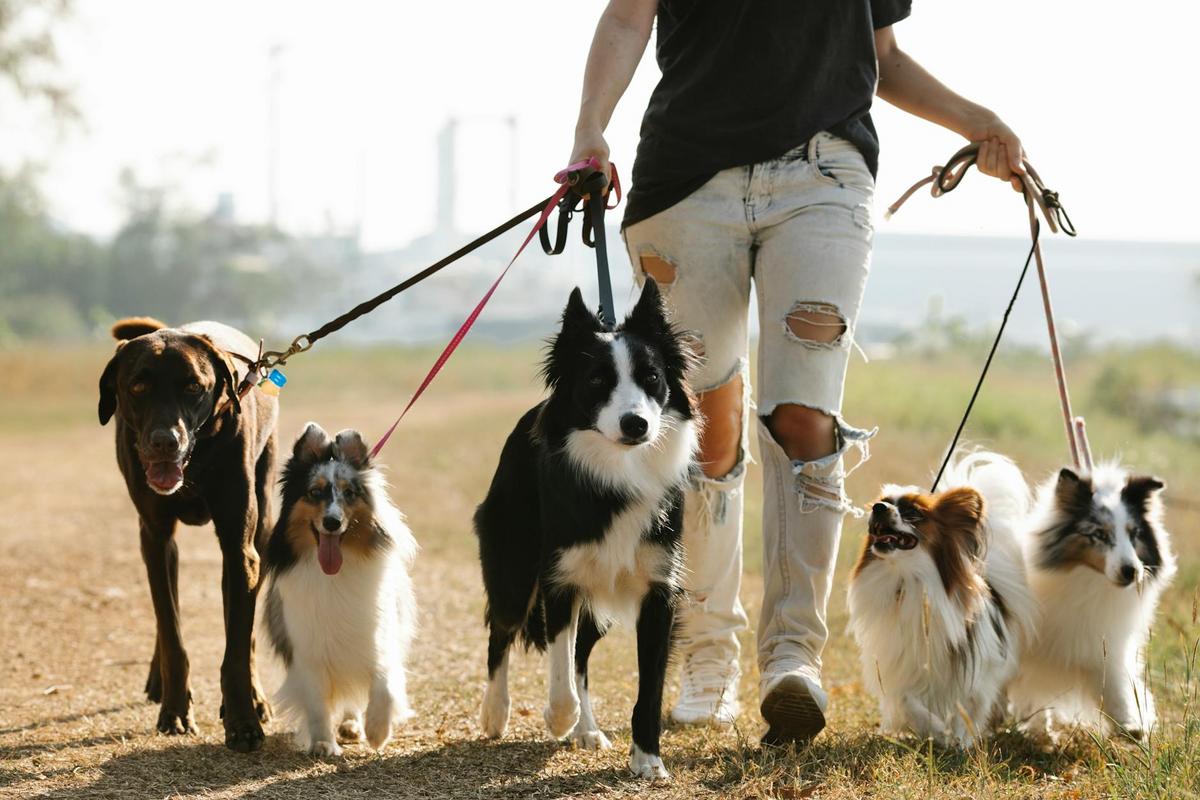
The Role of Exercise in Dog Health: Finding the Right Routine
Every dog owner knows that a wagging tail and bright eyes are signs of a happy, healthy pup. But how can you ensure your furry friend maintains their vitality and zest for life? Exercise is a crucial component of dog health, helping to keep them physically fit, mentally stimulated, and emotionally balanced.
Exercise plays a pivotal role in dog health, and finding the right routine for your pet is essential. According to the American Kennel Club, regular physical activity can help prevent obesity, reduce behavioral issues, and enhance overall well-being. However, not all dogs require the same amount of exercise, and it’s important to tailor their routines to their specific needs.
Understanding Your Dog’s Needs
Different breeds have varying exercise requirements. While a Border Collie may thrive with hours of daily activity, a Bulldog might prefer a leisurely stroll. Factors such as age, health status, and personality also play a role in determining the appropriate level of exercise.
“Regular exercise can significantly improve a dog’s quality of life,” says Dr. Rebecca MacMillan, a veterinarian specializing in canine health. “It’s crucial for maintaining a healthy weight, supporting joint health, and preventing boredom-related behaviors.”
Statistics on Canine Activity
Research from the Pet Obesity Prevention Association indicates that approximately 56% of dogs in the United States are overweight or obese. Regular exercise can help combat this growing issue, with studies showing that active dogs are less prone to weight-related health problems.
Personal Stories: A Tale of Two Pups
Take the example of Oliver, a lively Labrador who struggled with excess weight. His owner, Lily, introduced a new exercise regimen involving daily walks and weekend hikes. Within months, Oliver shed the extra pounds and became more energetic and content. On the other hand, Bella, a senior Poodle with arthritis, found relief in gentle swimming sessions and short, frequent walks.
Creating an Exercise Routine
- Start Slow: Gradually increase the intensity and duration of exercise.
- Mix It Up: Combine walks with playtime, swimming, and agility exercises.
- Monitor Health: Watch for signs of fatigue or discomfort.
- Stay Consistent: Regularity is key to seeing the benefits of exercise.
Sample Exercise Table for Different Breeds
| Breed | Exercise Requirement |
|---|---|
| Labrador Retriever | 1-2 hours daily |
| Bulldog | 20-30 minutes daily |
| Border Collie | 2+ hours daily |
| Chihuahua | 30 minutes daily |
| German Shepherd | 1-2 hours daily |
| Golden Retriever | 1-2 hours daily |
| Poodle | 30-60 minutes daily |
| Shih Tzu | 30 minutes daily |
Frequently Asked Questions
How do I know if my dog is getting enough exercise?
Look for signs of restlessness or destructive behavior, which may indicate they need more activity.
Can I over-exercise my dog?
Yes, over-exercising can lead to injuries. Watch for signs of exhaustion and consult your vet for personalized advice.
Are there specific exercises for older dogs?
Gentle activities like swimming and short walks are beneficial for senior dogs.
Conclusion
Incorporating regular exercise into your dog’s routine is a vital aspect of maintaining their health and happiness. By understanding their individual needs and preferences, you can create a balanced and enjoyable exercise plan that supports their well-being. Remember, a happy dog is an active dog, and with the right routine, you’ll be setting your furry friend up for a long, healthy life.


